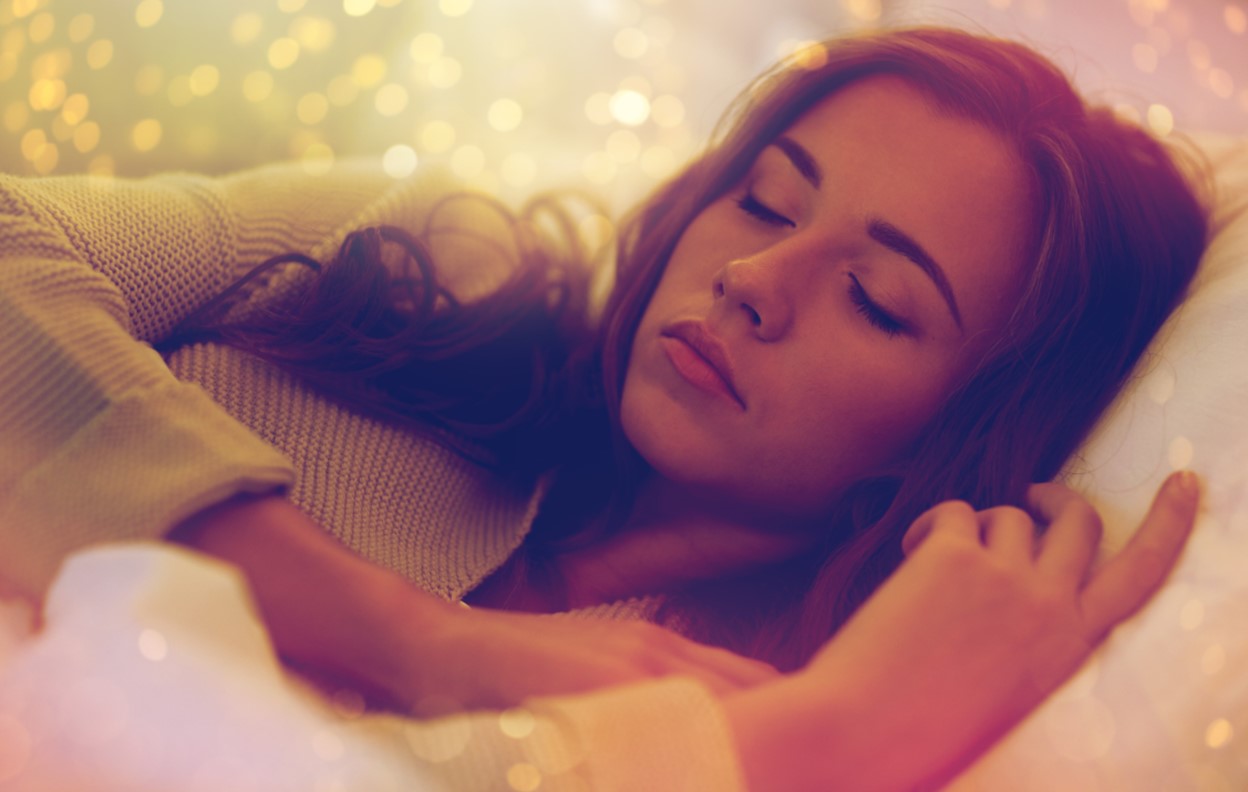
Just make sure you don’t keep the volume too loud.
#Sleep sounds full#
Would the constant hum in the background let your brain do its job? Experts don’t know the full answer.īut if it helps you, carry on. But it’s safe and has no downside, so you may want to try it to see if it helps you.Īs for brown noise, there aren’t a lot of studies to support its effect on sleep.īut does listening to sound all night for good sleep really work? When you’re asleep, your brain is hard at work repairing and restoring your body. We need more research to find out how pink noise affects your sleep, focus, and memory. A recent study found that older adults who used it at night did better on memory tests the next day. Studies are limited, but pink noise may also boost your memory. Another study found people who used it slept more deeply. One study found that it lowered brain activity and led to more stable sleep. There isn’t much research yet on exactly how pink noise works and how well it helps you sleep.

You may also feel more rested when you wake up. So it may help you fall asleep faster and keep you in a deep sleep longer. Pink noise reduces the difference between the background hum and loud, jarring noises that jolt you out of sleep, like a door slamming, a car horn honking, or someone snoring. One recent study found that 38% of people fell asleep faster listening to white noise. It helps by masking the background noise and tuning it out. Can White, Pink, and Brown Noise Help You Sleep?įor some people, the grainy static sound you hear in white noise can improve sleep. It’s similar to white noise, but more balanced. This produces noise at higher and lower frequencies but not so much in the middle frequencies. It’s often used to treat tinnitus, a condition that causes loud ringing in one or both ears. It’s one of the higher-pitched color noises. The volume goes up when the frequency does and it gains power faster than blue noise. Also called purple noise, it’s the opposite of brown noise. Imagine the hissing noise you hear when a water spray is turned on. Blue noise sounds slightly shriller than pink and white noise. Its power increases as the frequency goes up.

More research is needed to see if and how brown noise affects sleep.īesides white, pink, and brown noise, there are other color noises that aren’t related to sleep. It’s also shown to improve your thinking skills. Studies show that brown noise might help lower symptoms if you have ringing in your ears. Some sleep apps use this sound instead of pink noise to give it a deeper, grainier effect. It’s similar to a steady heavy rainfall or a shower with good pressure. The sound level (decibels) decreases as the frequency goes up more than it does in pink noise. Brown Noiseīrown noise, also called red noise, produces a rumbling sound that’s deeper with a bass-like tone than pink or white noise. As a result, you hear more relaxing, lower-frequency sounds. Its added depth and lower waves filter out higher sounds. Pink noise uses a consistent frequency, or pitch, to create a more even, flat sound, like a steady rain, wind rustling through trees, or waves on a beach. Basically, pink has a lower pitch than white noise. But it uses deeper sounds and lower sound waves, so it may be gentler and more soothing. Like white noise, it’s a steady background hum that may give you a better night’s sleep. It filters out things that distract you, like people talking or cars going by, so they don’t interrupt your sleep. Pink noise is a constant sound in the background. Other studies have found that many people find that white noise has a positive effect on them. Studies have also shown that it can help:

It can be intense and high-pitched, like a fan, air conditioner, or a vacuum. White noise uses a mix of sound frequencies to create a static-like sound. It contains all frequencies found in the spectrum of sounds you can hear in equal parts.

It’s the most popular type of color noise. Here’s a look at different color noises and what they can do for you. But have you heard of pink noise and brown noise? Growing research shows that these lesser-known color noises can also help calm you or improve your sleep quality. The steady, static-like sounds from it can drown out disturbing noises and help you sleep better.


 0 kommentar(er)
0 kommentar(er)
